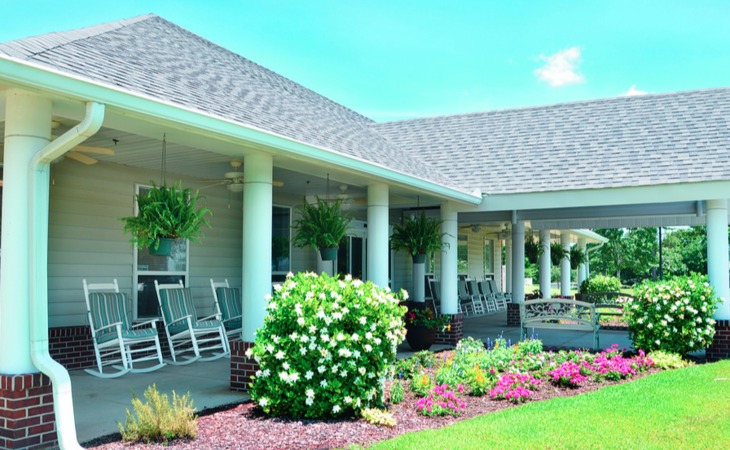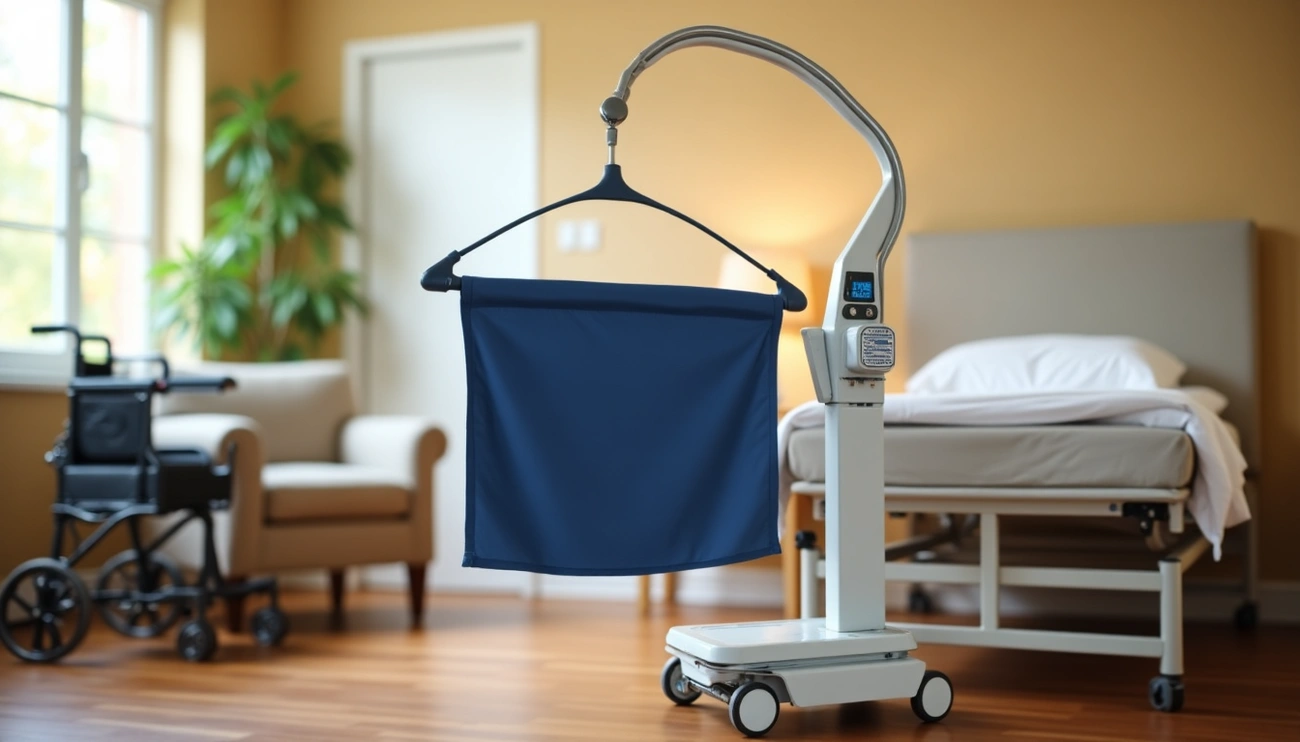Getting older alone often brings about feelings of isolation. Many seniors living on their own also face the challenges of keeping up with the daily demands of household upkeep and performing basic tasks. Some gradually lose the motivation to engage in their favorite activities, much less explore new interests. All the same, persistent myths about assisted living communities make many seniors hesitant to change their living conditions.
Assisted living communities are far from the cold and sterile institutions usually shown in movies. On the contrary, these communities provide an environment that encourages an independent and active lifestyle. There are plenty of opportunities to engage with other people within and outside the community; to pursue old and new passions; to stay healthy physically, mentally, and emotionally; and to spend your golden years finding fulfillment every single day.
You can still have a place of your own, while enjoying a maintenance- and worry-free living. Here are some common, false expectations about assisted living.
Expectation
Moving into an assisted living community means losing your freedom and control over your life.
Reality
Retirement homes have come a long way from the traditionally highly restricted living conditions of decades past. Today’s assisted living communities offer all the comforts and conveniences of a long-term senior care community and the freedom of independent living — sans the worries.
As the name implies, assisted living means you’ll have less to worry about when it comes to keeping house which, in turn, means less stress and more time to do things you enjoy. How you spend your hours will still be up to you; there’s no strict schedule that you will be required to follow. Depending on the facility you choose, you can prepare your own meals or have them cooked by staff. You have the freedom to create a living space that suits your tastes. You can come and go as you please. An assisted living community encourages residents to be as independent as possible.
Expectation
Moving into an assisted living community means becoming “institutionalized.”
Reality
An assisted living community provides a home-like environment but downsized so that residents don’t have to worry about their usual household obligations. It’s not an “institution” where old people are kept medicated and sedated as their health deteriorates.
Assisted living communities provide a lot of options that fit varied lifestyles, healthcare needs, personal preferences, and financial capability. You can have your own one-bedroom apartment; a private bedroom; or a shared bedroom. You can furnish and decorate your space any way you like, using your own furniture, as well as your cherished photos and memorabilia. You can even keep a pet and entertain guests as you normally would. An assisted living community provides you with a home you can still call your own.
Expectation
Becoming a resident in an assisted living community means getting cut off from the outside world and becoming irrelevant.
Reality
Becoming a resident is not a prison sentence. Not even close.
Residents maintain a socially active and engaged lifestyle, both within and outside the community, through planned activities and volunteer work. They can go out and visit family and friends, do errands, and attend local events, with the option to drive themselves or to make use of the community’s transportation services. Family and friends are also welcome to spend quality time with you.
Expectation
An assisted living community is only for the old and sick.
Reality
These communities are built for seniors, but not necessarily just for those who are suffering from a health condition. Growing old and moving into a community does not mean you’ve grown frail and incapable of taking care of yourself, or that it signals the beginning of your physical and/or cognitive decline. Assisted living affords you a worry-free lifestyle so you can live a long, happy, and healthy life within the community.
Residents require varying levels of assistance, but everybody is encouraged to stay physically and mentally active — within their comfort limits and capabilities. Experienced staff help with medication management on a case-by-case basis; their main priority is to promote and support each resident’s overall well-being.
Expectation
Living in a senior home means long and boring days.
Reality
There are many stereotypes about aging that still persist today. Old women spend their days on rocking chairs, knitting; old men plant themselves on their favorite chair in front of the TV for most of their waking moments. To each his/her own; whatever interests you, cliche or not, the important thing is you have a hobby that keeps you occupied and engaged.
Assisted living communities offer all kinds of interesting activities to residents; there’s no room for boredom, there’s something for everyone. You can relax as much as you want, or be productive in your own way. You’ll find a community that will cater to your passions, and have a group of like-minded individuals to share them with; if you prefer lots of alone time, that’s okay, too.
Expectation
Becoming a resident in an assisted living facility will hasten aging.
Reality
A popular myth about senior homes is that residents’ health and quality of life go downhill quickly after they move in; that it’s the beginning of the end. But assisted living communities are actually designed to make life more comfortable, enjoyable, and fulfilling for older people, with experienced support staff providing varying levels of assistance and personal care to residents and amenities and facilities ensuring a good quality of life — one that is safe, secure, and worry-free.
Whatever your health condition, you’ll be well-taken care of. There are plenty of activities that promote and support physical, cognitive, and emotional health. The healthcare you’ll receive will minimize pre-existing risk factors and even improve your overall well-being. Belonging in a community that provides opportunities to remain socially active and an environment that fosters healthy relationships has been shown to promote longer and better quality of life.
What can you expect in an assisted living community?
The kinds of services provided by an assisted living communities vary widely, but basic ones include:
- Regular meals served in a common dining area, for residents who don’t opt for apartment-style living.
- Housekeeping services
- Laundry services
- Transportation services
- Assistance with cooking, eating, walking, bathing, dressing, going to the toilet, and going to bed.
- Opportunities for social engagement through recreational activities, planned events, and volunteer work.
- Exercise and wellness programs
- Access to healthcare and medical services
- Medication management
- Emergency call systems in every living space
- 24-hour access to staff and personal care support
- Round-the-clock security
Finding the right assisted living facility
Whether you’ve already decided to move into an assisted living community or are still weighing your options, you can start looking around to help you make a more informed decision about your future.
When choosing a community, figure out if it gives you a sense of home or if you see yourself feeling at home in it. Regardless of your financial capabilities, the community should feel friendly, comfortable, safe, and even fun. Below are the most important factors you should consider.
Is it homey?
This will depend on how you define “homey.” You may prefer a large and bustling environment, or a small and cozy one. Do you want to be surrounded by nature or is an urban setting more to your tastes?
Can you pursue your interests?
Find out what kinds of recreational and wellness activities the facility offers, and if they offer transportation services if you prefer engaging in activities outside the facility. Is there a gym, library, a chapel, or recreation center available to residents?
How’s the food?
If you won’t be preparing your own meals, it’s important that the food the facility provides is appealing to you. Check out a regular weekly menu; taste the food. Do they offer different meal options? Do you have the option to eat in your room?
How do they address healthcare needs and handle medical emergencies?
Is there a resident registered nurse or doctor? Do they provide professional counseling and psychological care? Will you have to be taken to a hospital for basic treatment or can they handle it in-house? What kinds of medical conditions can they handle and what circumstances will require that a resident be moved elsewhere for medical care?
Is the facility licensed?
Find out if they have the proper licensing to operate and if they are in compliance with your state’s standards and requirements.
Final Thoughts
Assisted living is recommended for seniors who need minimal assistance with daily tasks; those who require more specialized medical care are better suited for nursing homes. Depending on your personal needs and preferences, there’s a myriad of assisted living options to choose from.
Making the decision to move into an assisted living community does not mean taking the “final” step of your journey. On the contrary, this could very well be the beginning of a more fulfilling chapter in your golden years. You can continue to live your life the way you want, but with fewer worries and obligations and less stress.












